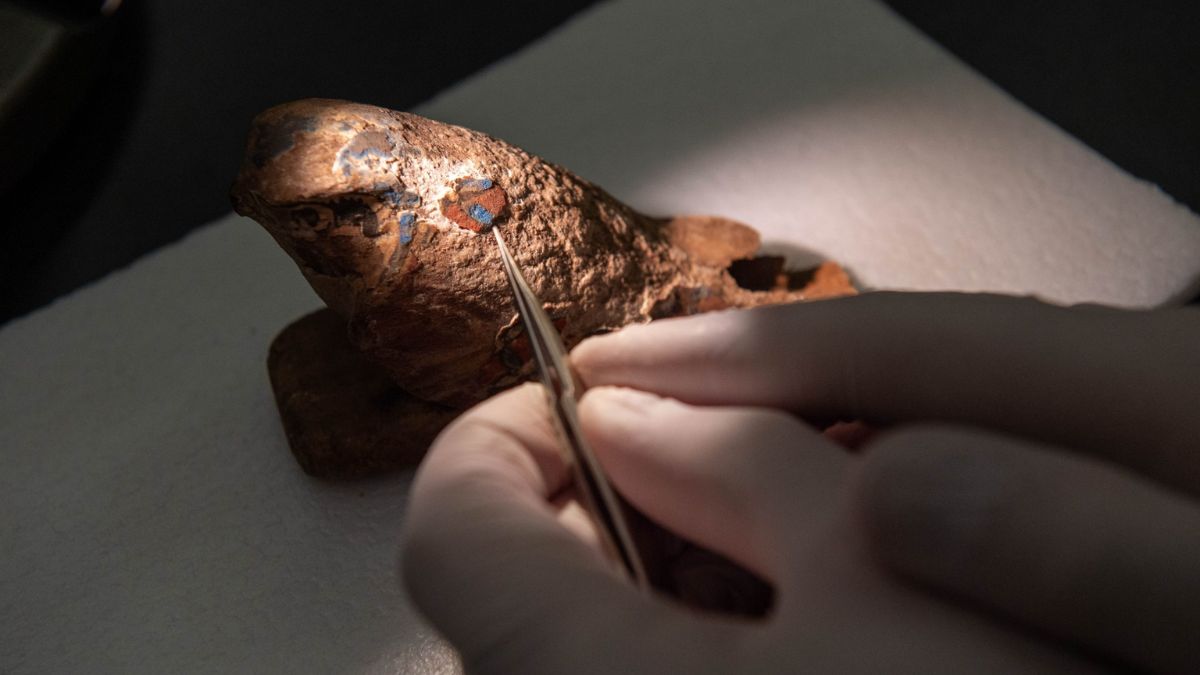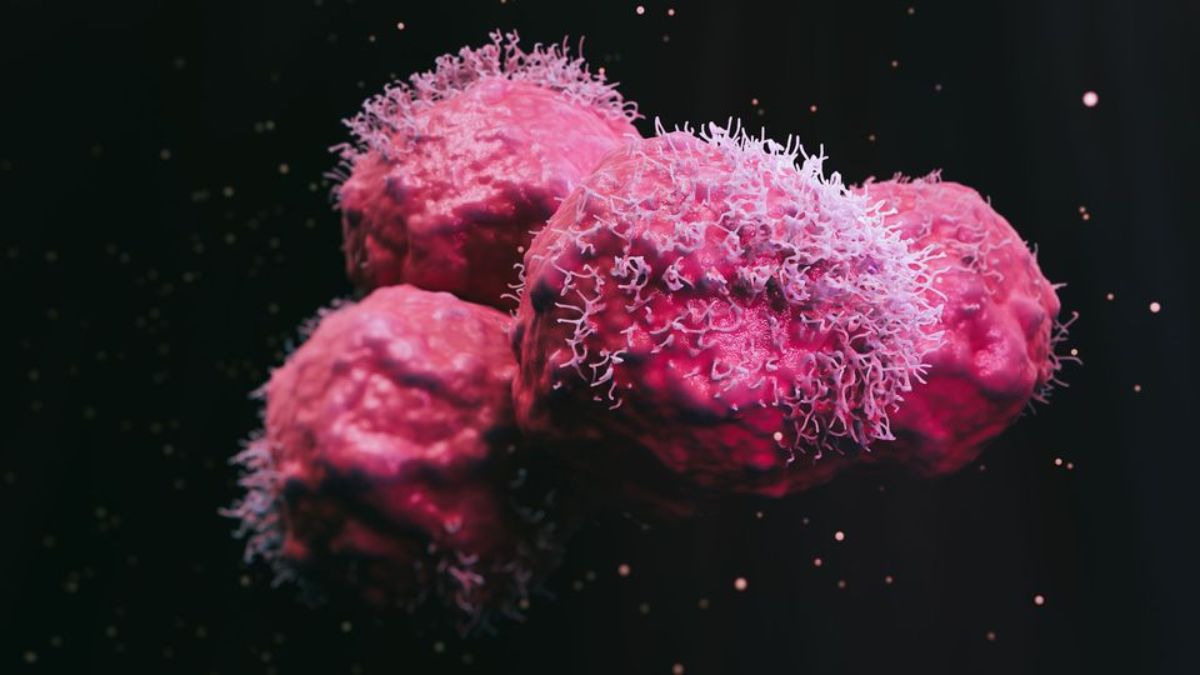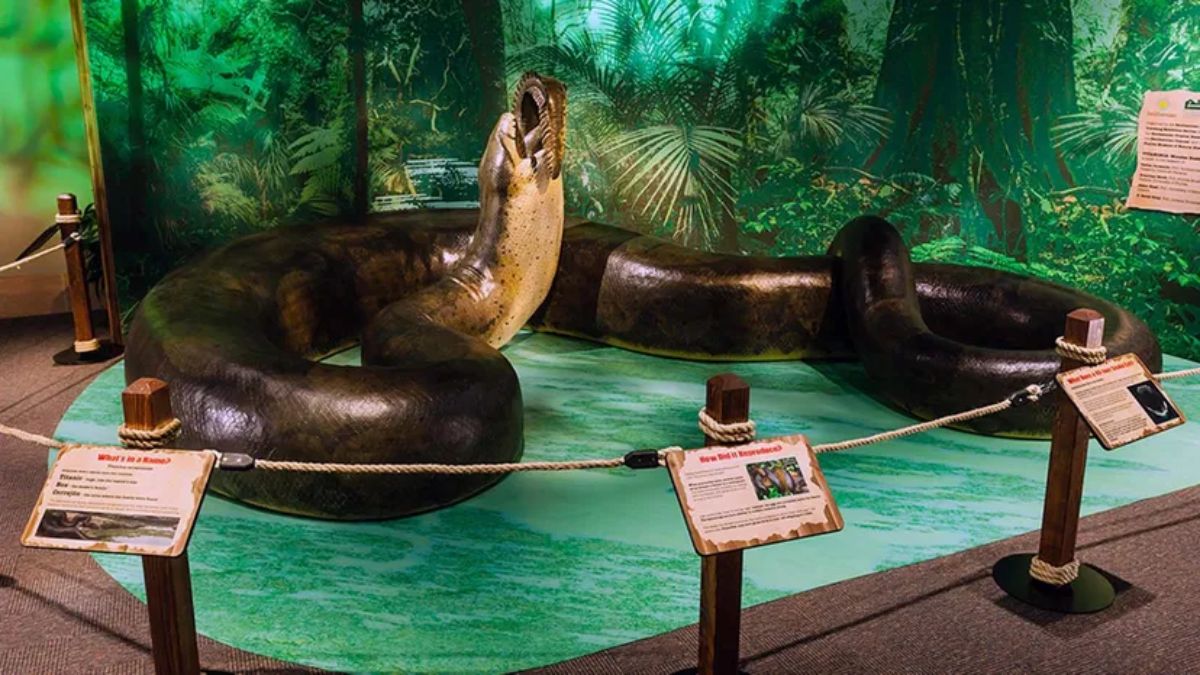We all know the many shades of blue—navy, sky, cyan, royal… But have you ever heard of Egyptian blue? It’s not just a color; it’s history itself. Found in ancient tombs, temples, and sculptures, this deep, luminous shade covered the art of pharaohs and has been lost to time—until now.
Table of Contents
A team of scientists and archaeologists has finally cracked the code and recreated this mysterious pigment that vanished for centuries. And it’s not just pretty—it’s powerful.
Origin
Egyptian blue is considered the first synthetic pigment in human history. The earliest known sample dates back to around 3250 BC, during the early dynastic period of Egypt. Later on, even the Romans fell in love with it and used it in their art after conquering Egypt around the 1st century BC.
But somewhere along the way, the recipe disappeared. No one knew exactly how this rich, cobalt-toned blue was made—until modern science stepped in.
Comeback
An international team from Washington State University, the Smithsonian Museum Conservation Institute, and the Carnegie Museum of Natural History set out to do the impossible: revive a lost color.
They tested twelve different combinations using simple ingredients:
- Silica (sand)
- Lime
- Sodium carbonate
- Copper
These were heated to over 1,000°C for eleven hours, just like the ancient Egyptians would have done—without the modern tools we take for granted today. Can you imagine trying to make perfect blue shades with no scales or electric ovens?
Crystal
What makes Egyptian blue so special isn’t just its tone. It’s the unique crystal structure, called cuprorivaite, that gives it surprising properties.
This pigment absorbs red light and emits infrared radiation—yes, the kind invisible to the human eye. That means it glows under specific light conditions. Pretty advanced for an ancient pigment, right?
All twelve versions recreated by the team glowed in the same way. This quality now makes it easier to detect hidden or restored sections in ancient artworks, especially when trying to figure out what parts are truly original.
Testing
John McCloy, lead researcher and engineering professor at Washington State, explained that even tiny differences in cooking time or ingredient ratios led to huge shifts in color. That’s how delicate and sophisticated this process is.
A small adjustment and you either get the iconic Egyptian blue—or something completely off. It was basically chemistry without chemistry books, and somehow the Egyptians nailed it.
Art
This pigment wasn’t just for temples and sarcophagi. The Renaissance artist Raphael even used Egyptian blue in The Triumph of Galatea, painted around 1512. The ancient formula survived in pieces, mixed into later artworks—even if no one knew exactly how to make it anymore.
Romans used it in combination with white pigments to give eyes a natural, lifelike shimmer in paintings and statues. That’s how versatile—and ahead of its time—it was.
Science
So what’s the point of bringing this ancient pigment back, aside from art history? A lot, actually. Its unique infrared luminescence opens up modern applications, such as:
- Forensic science (fingerprint detection)
- Anti-counterfeit technology
- Sensors for heat and light
Yes, a pigment once used to decorate Cleopatra’s palace might now help catch criminals or verify authentic currency.
Legacy
Egyptian blue represents more than just color—it’s a connection across time. From sarcophagi in Saqqara to Pompeii murals, it appeared in every major Mediterranean civilization. It vanished, but now it’s back—and more relevant than ever.
This pigment reminds us just how advanced ancient cultures were. They created materials that still impress modern scientists, with no high-tech equipment, just brilliant minds and raw elements.
And sure, that kind of genius from 5,000 years ago might stir up a few conspiracy theories. Were they time travelers? Aliens? Probably not. But it does show how advanced human ingenuity can be—no matter the century.
So next time you look at a vibrant blue wall or a detailed fresco, remember: somewhere in that color spectrum, Egyptian blue is back, glowing under red light, and carrying a piece of the past into our future.
FAQs
What is Egyptian blue?
An ancient synthetic pigment from 3250 BC Egypt.
What makes Egyptian blue unique?
It emits infrared light and has a crystal structure.
Who recreated Egyptian blue?
A team from WSU, Smithsonian, and Carnegie Museum.
What is cuprorivaite?
The crystal compound that gives Egyptian blue its glow.
Can Egyptian blue be used today?
Yes, for art, forensics, and anti-counterfeiting.

















